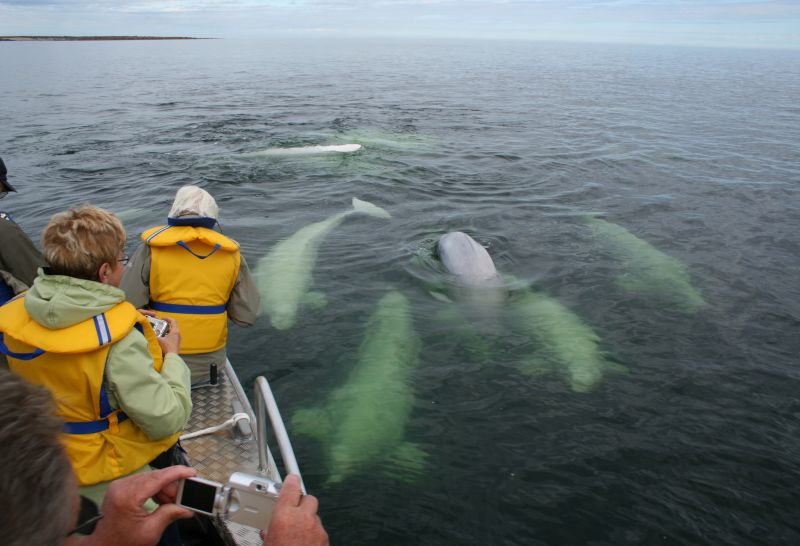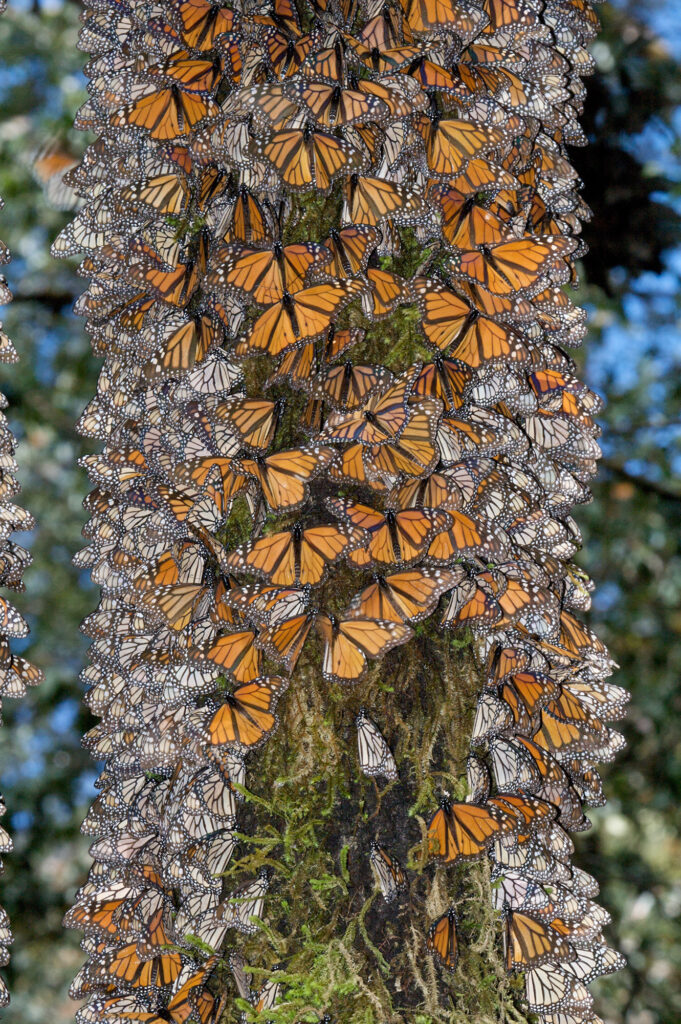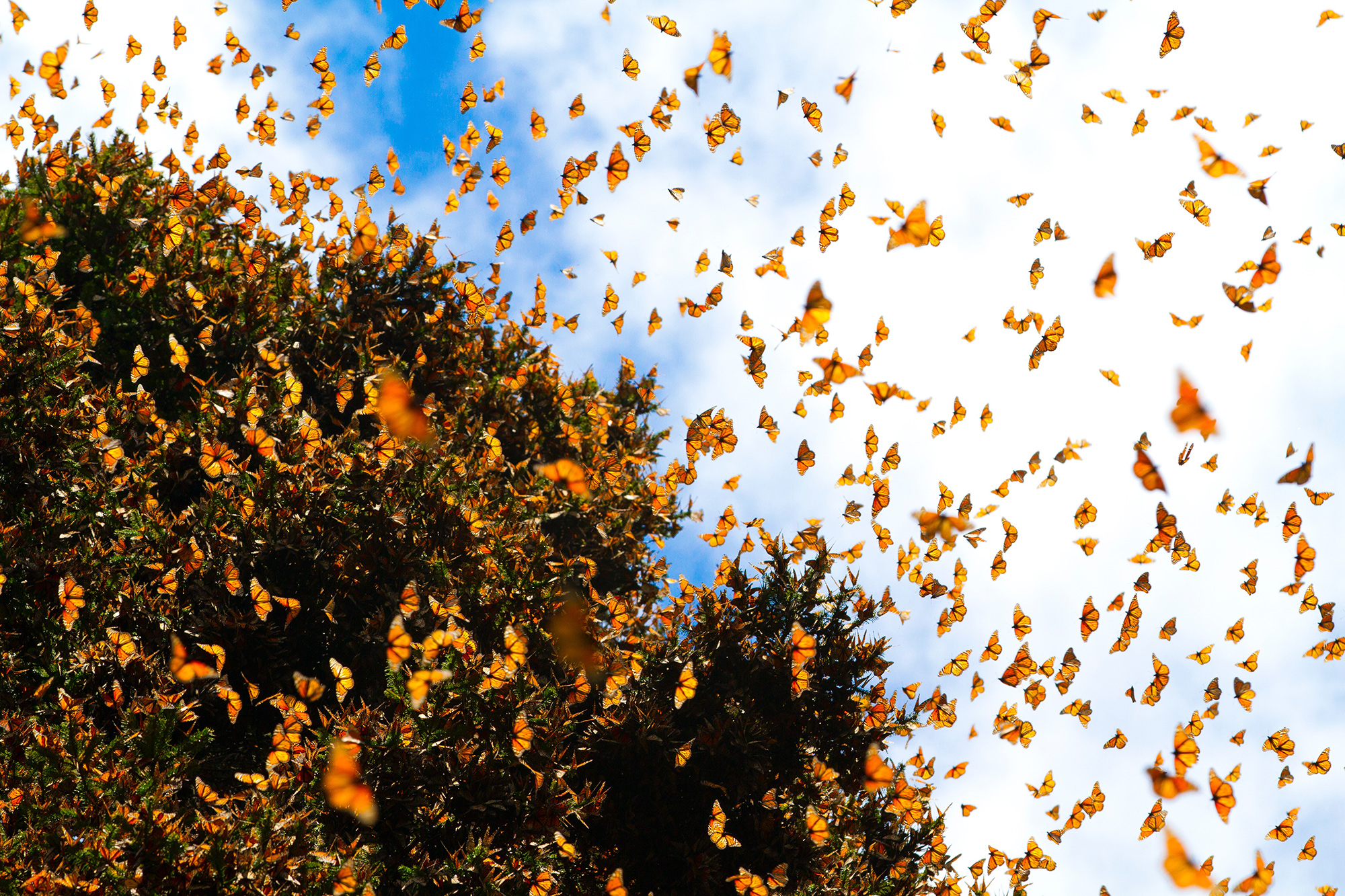When visiting these sites, it is important to remember that you are in these animals habitats and it is your responsibility to not threaten their lives or their environment. When planning a trip to any of the locations that I mentioned, it is critical that you do your research and examine how any of the activities you participate in may impact the health of the animal you are visiting. On top this, there are some things you should keep in mind;
- Wild animals are not entertainers – they are in their natural habitat so be patient and accepting of what you may or may not see.
- Seek out sanctuaries – sanctuaries provide a true sense wildlife-human interactions and are more than likely working in the best interest of the animal.
- Keep a fair distance – no matter how much you want to touch an animal, it can be incredibly stressful and they do not want to be handled.
- Don’t feed them!
- Look for red flags – Facilities that have injured animals, or ones that are forced to participate in activities are likely not good companies. Certain activities that they are forced into are not normal for animals (ex; giving rides to humans).
- Be quiet and respectful – noise can be stressful to some animals, so make it seem like you aren’t even there. Tread lightly in their environment.
Wildlife tourism can be a great way to raise money and support wildlife, however, there is a boundary where it can become detrimental. Supporting well-meaning sanctuaries and non-profits can be vital to the sustainability of a wildlife population. However, some facilities that are not socially responsible or sustainable more often than not, cause harm. In conclusion, it is incredibly important to do your research, and be sure to only support organizations that have the best meaning and values in mind!





